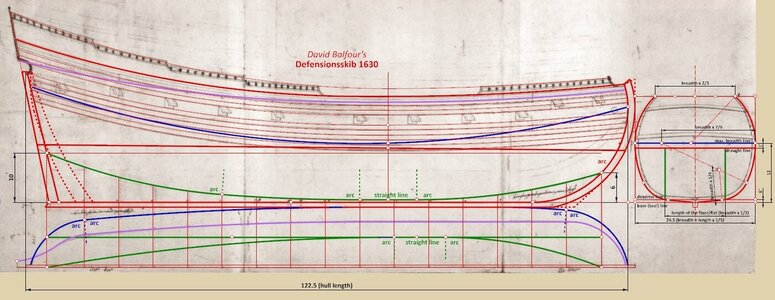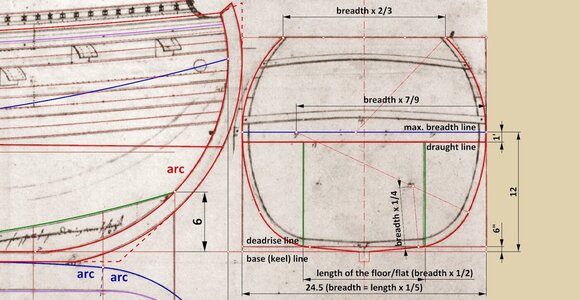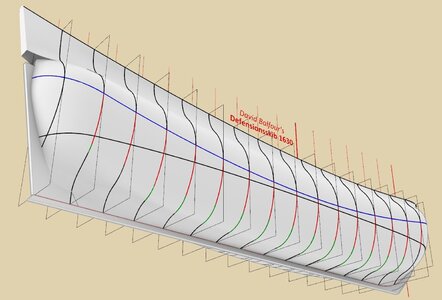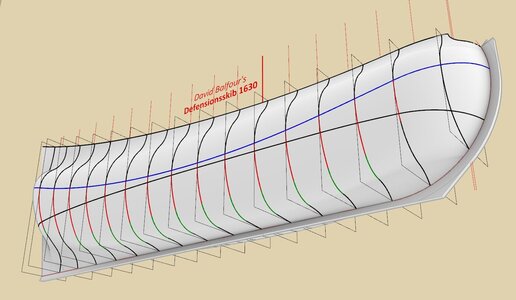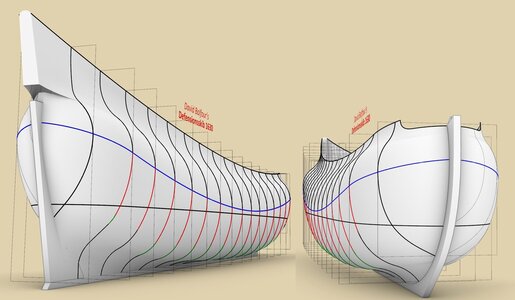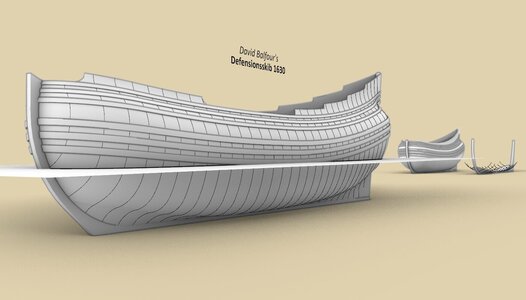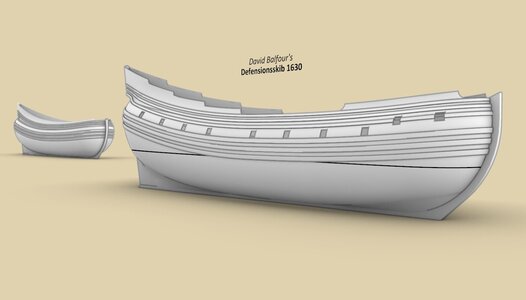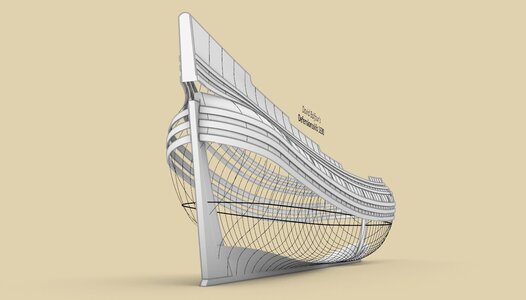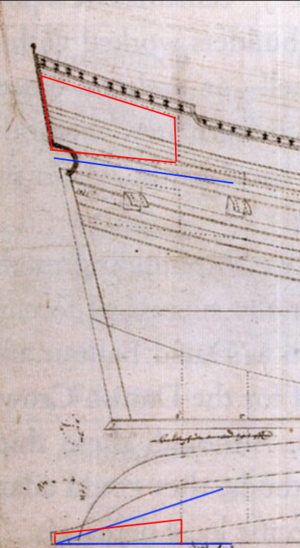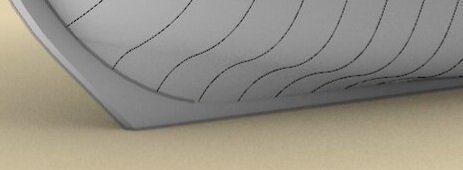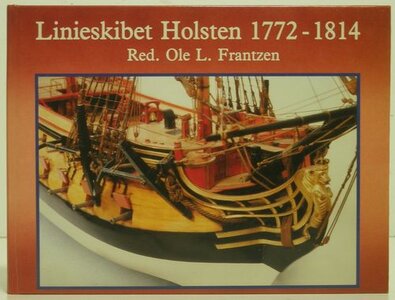.
More specifically:
Dutch invention – this refers to the fluit, a type of specialised merchant ship invented most likely in 1595 in the Dutch town of Hoorn, after which it was built and operated on a mass scale in various variants and sizes.
English draught – a design made in the English manner by Scotsman David Balfour in 1630 at the request of Danish ruler Christian IV. The idea was to build ships to trade in peacetime, but suitable for mobilisation as valuable warships in wartime. The diametrically opposed requirements must have proved too much to reconcile, satisfying neither the owner-traders nor the admirals of the fleet, nevertheless quite a number of these ships of various sizes were built in the Danish-Norwegian kingdom. It is also worth mentioning that 'typical' fluits were still being incorporated into fleets as late as during the First Dutch-English War (1652–1654).
Dutch implementation – according to this design (or at least according to the idea of this design), ships were built by various shipbuilders, also of Dutch origin or using Dutch methods.
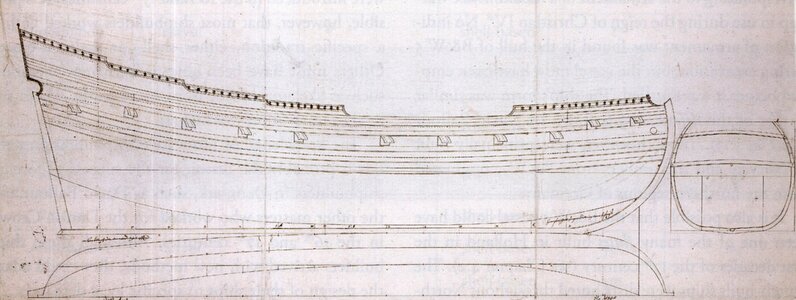
Plan of defensionsskib prepared in 1630 by Scottish shipwright David Balfour (Danish archives)
Anyway, this is primarily a kind of experiment, mainly for my purposes even before the 'attack' on Witsen's pinas, for further investigating the feasibility on a concrete example of a method I invented for rendering the shape of Dutch ships built by the bottom-first method, through the application of formal geometry. It is important to point out that this method is not abstract, but is grounded in the procedures known from the sources for the construction of the actual ships and the convincing construction plans of the period, mainly from the Danish and Swedish archives. It may be seen as a kind of continuation and development of the content of the previous threads on the bottom-first method, concerning the Rålamb's boyer and fluit (1691).
In English, probably the most information on Danish 17th-century defensionsskibe can be found in the work by Martin Bellamy, Christian IV and his Navy, and from book publications in Danish one should point out at least Danmark-Norges handelsflåde 1650–1700 by Jørgen Barfod, Christian 4.s flåde by Niels Probst and Dansk søfarts historie, vol. 2, 1588–1720 by Ole Den and Erik Gøbel.
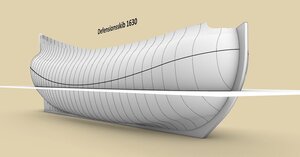
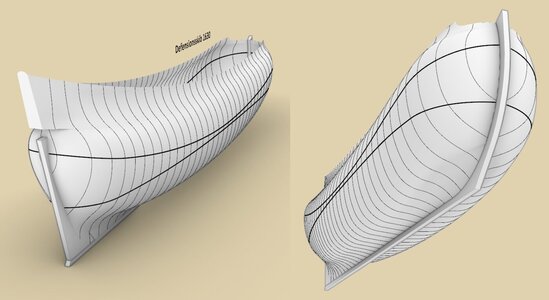
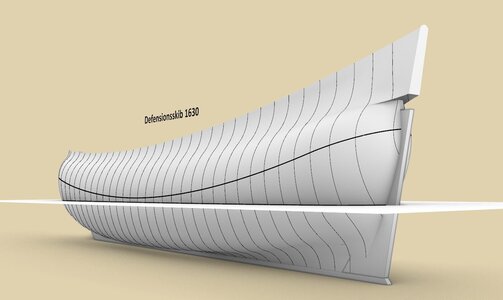
.
Last edited:


